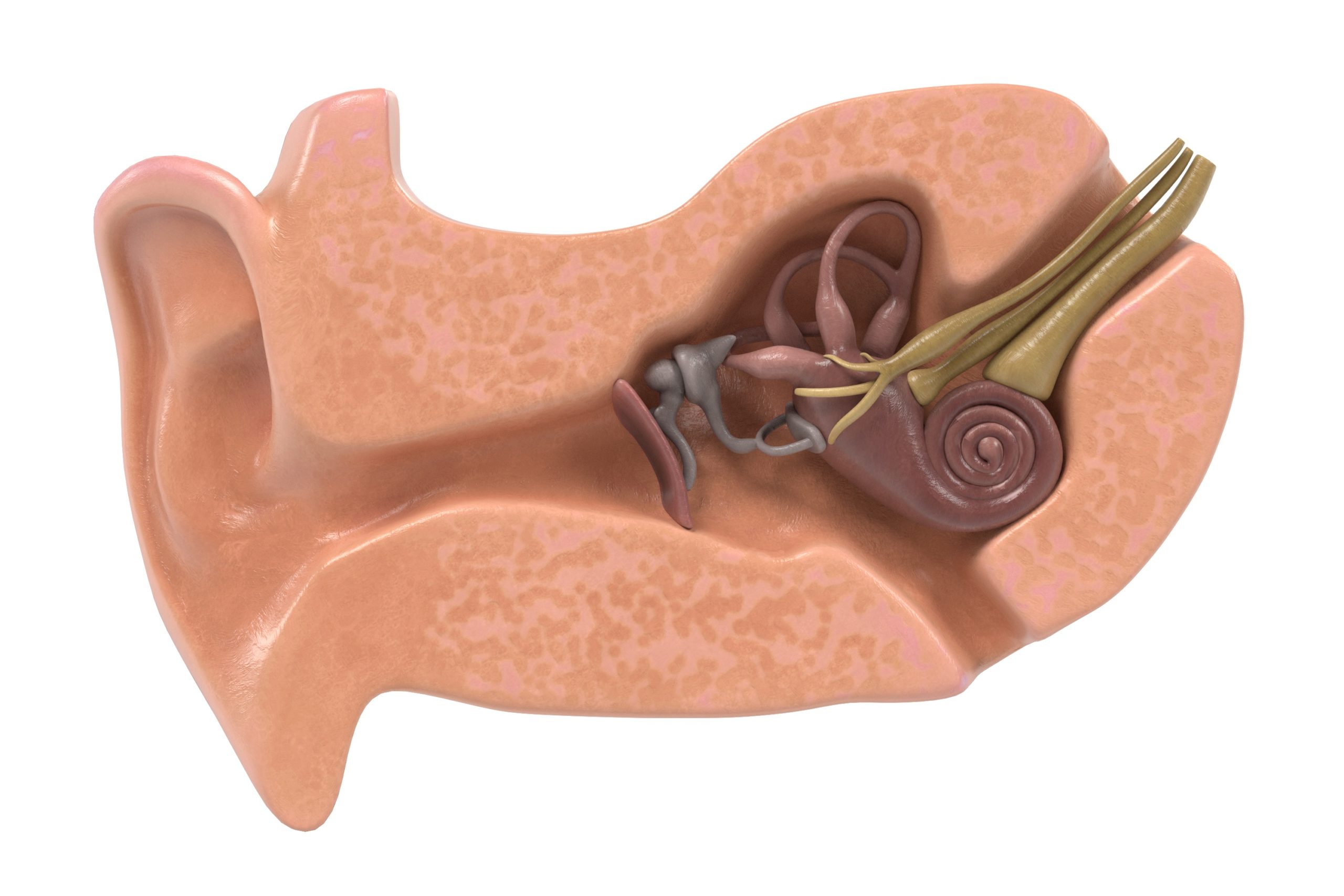A Balancing Act – what keeps you upright and balanced?
Have you ever wondered what keeps you upright and balanced? Your ability to stand, move and not fall over happens as a number of sense organs work together to keep you steady.
And the vestibular system – part of the hearing sense - plays a major part in this balancing act.
The vestibular system is situated in the inner ear and takes signals from other sense organs to maintain your position in space. It takes information from the sight sense, (eyes – motion and position), the somatosensory sense (skin – tactile and force) and what is often considered as the ‘sixth sense’ – proprioception.
This is the sense of movement with the angles of joints and position of limbs and is combined with the outside ‘exteroception’ information sent from your skin.
Amazing! All the senses sending information to your vestibular system. And in the bony labyrinths of this organ, all sorts of processes need to happen to keep you balanced and moving forward.
The vestibular system
If you were to walk through your auditory system and arrive in the inner ear, you would be met with a vestibule. If you went one way, into the cochlea, you would be walking amongst the hearing cells.
But if you chose the other direction you’d go into the semi-circular canals or the vestibular system. Three, fluid-filled, looped tubes form the semi-circular canals and their position in space relate to the position of your body. The lateral, posterior and superior canal are each responsible for detecting a change in your head direction.

If you move your head up and down (yes), side to side (no), or stretch it to either shoulder, the fluid in the responding canal moves and sends information to nerve receptors in the brain, telling it what direction your head is moving. This is spatial orientation and helps with your sense of equilibrium.
It stops you from falling as it perceives which way is up, and what direction you are turning or spinning. And as you move your head, your vestibule-ocular reflex allows your eyes to stare at a fixed point as you shake your head. Your gait stability keeps you steady while moving – walking, running, walking a tightrope – as your feel and sense the movement of your body. All this information is gathered and processed by the central vestibular system – the brainstem – and sent to the brain for interpretation.
Dizziness and imbalance
Sometimes all these senses are not working in sync and you may experience small episodes of dizziness or extreme vertigo where you can’t stand upright. If the issue is with the eyes or skin or proprioception components, balance problems may be less complex to solve. When the problem occurs in the inner ear more severe symptoms of vertigo can occur.
Diseases in the vestibular system can be associated with hearing loss or occur in isolation.
Common vestibular conditions include:
- 1Meniere’s disease - presents with attacks of severe vertigo, nausea and vomiting, fluctuating hearing loss, dull roaring tinnitus and a feeling of pressure or fullness in the ear. The condition occurs from increased pressure in the inner ear. Various treatments are used for Meniere’s disease.
- 2Endolymphatic hydrops – with similar symptoms to Meniere’s disease but not as severe, although some cases can graduate to the Meniere’s condition. The fluid in the semi-circular canals changes in volume causing pressure, hearing loss and balance problems. There are many causes of this condition including head trauma, infection, and dehydration. Treatments are varied including keeping hydrated and vestibular rehabilitation.
- 3Benign paroxysmal positional vertigo (BPPV) – short severe spinning sensations caused by crystals moving in the semi-circular canals. This can be successfully treated with specific manoeuvres carried out be trained specialists.
- 4Labyrinthitis and Vestibular neuronitis – inner ear infections (usual viral), that inflame the vestibular nerves. The symptoms are dizziness and balance issues, severe vertigo with nausea and vomiting. These conditions generally settle with time, with treatment given for the symptoms.
- 5Acoustic neuroma - this benign tumour growth on the auditory nerve affects the balance with the sufferer unable to keep upright, tending to have a gait with ‘listing’ or ‘falling’ to one side – the side of the tumour growth. This condition is also associated with one-sided hearing loss and tinnitus. Treatment is generally surgical removal of the tumour.
- 6Age-related balance problems – any of the senses that contribute to balance can be affected with the aging process. Hearing aid manufacturers are now starting to take balance issues into account to help with the high-fall probability associated with hearing loss and aging. Starkey lead the way in this technology, with fall detector sensors in their Livio AI hearing aid.
If you are suffering from a balance problem, consult your doctor to see what treatments are available and if hearing aids will assist in your rehabilitation.
Need Help Finding Hearing Aids Or Want To Arrange A Risk Free Trial?


